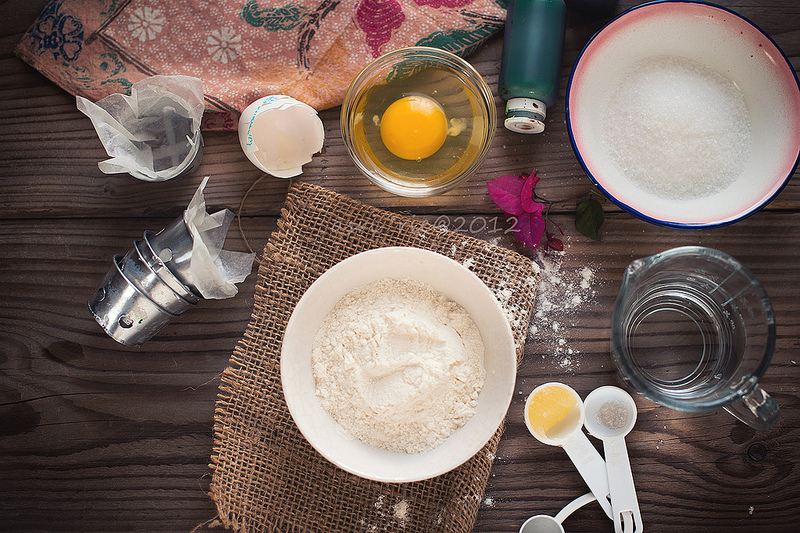Shooting kids is one of the toughest shooting sessions possible. Whether you are a professional photographer, an amateur or just a father with a point and shoot, kids raise some of the more challenging aspect of photography. They move fast, they don’t take modeling instructions; they touch your gear and create mayhem all around them. Hey even if you are not trying to photograph you sometimes just want to shoot them. So, what can you do to take better pictures of children?
Here are some techniques. Do you have more tips for shooting kids? Post them as comments.
Photos by Lisa Holloway
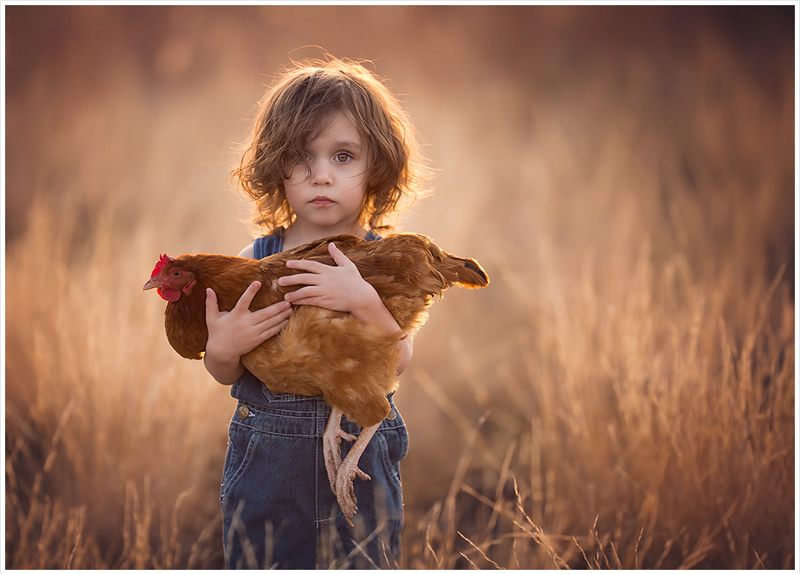
#1 Get Them Involved
One of the things that I find extremely helpful when photographing children is to get them involved in the process. Plunking them exactly where you want them and saying, “now smile naturally” just doesn’t work. No really. I’m serious. It doesn’t.
It’s far easier to get a natural picture of a child if you let them explore the setting that you want to have them in and if there’s something of interest to them within the setting of your shot.
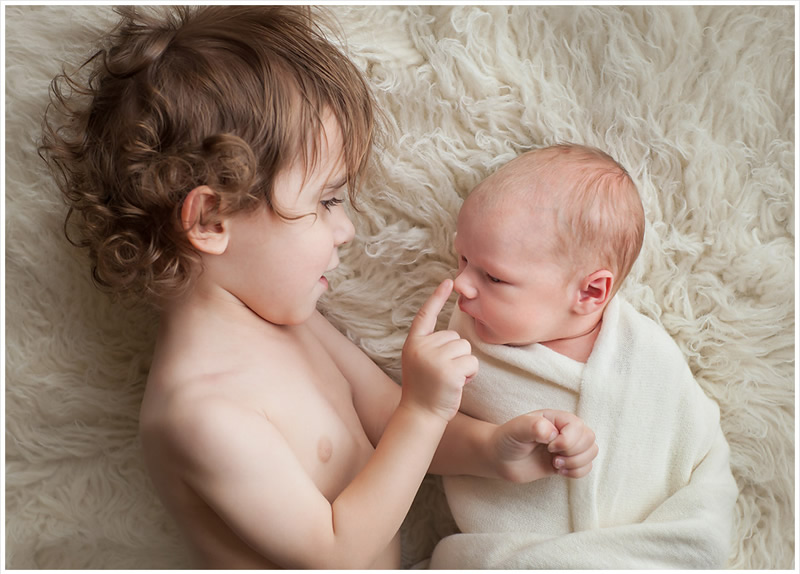
#2 Show Them In Action
Children are constantly on the move, as any parent with a toddler can attest to. Embrace it. You’ll get some great action shots showing movement if you set your camera right. Children on swings, slides, merry-go-rounds, playing sports, etc… These are great activities showing your child having fun. If you want to “freeze” the action, set your camera to its fastest shutter speed with a higher ISO (be careful not to go too high, you’ll start getting noisy images). If you’re still using your auto settings, just use the sports setting. Don’t stop with freezing the action though. If you want to create movement in the images for added flair you can slow that shutter speed down. Pan the camera with the movement and you’ll get those images where the background is moving but the subject is mostly in focus. Don’t get frustrated with your first results; this does take a little practice and experimenting.
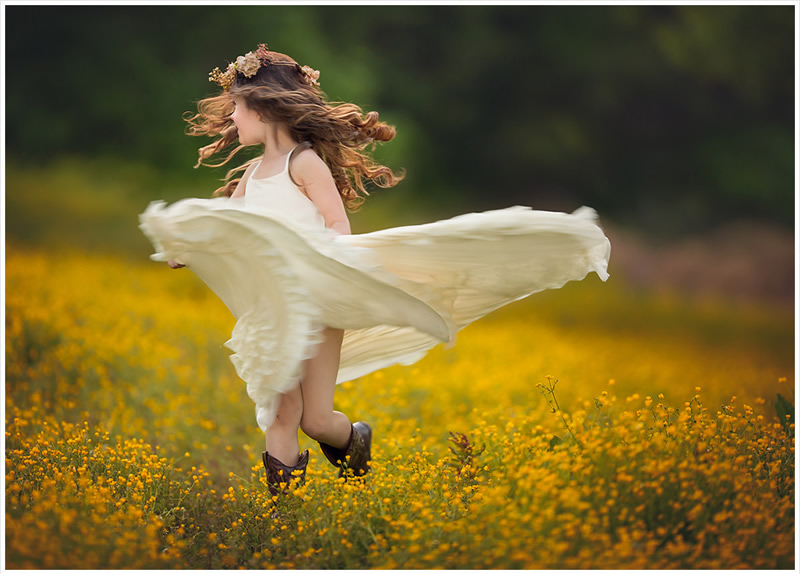
#3 Choose Best Location, Foreground and Backgrounds
Obviously a child is going to be much more keen to get their picture taken when they’re also having fun. Taking a child to the beach, or a park or a bridge over a creek can create an awesome background and also pique their curiosity allowing them to walk and investigate while you’re snapping frantically.

#4 Be Quick
Kids are movers and unless you can work some kind of serious magic your subject ain’t gonna sit still for long! Remember that your shutter button is your friend and it likes to be pushed often. Kids also tend to make silly faces when a camera is pointed at their face so it’s imperative that you shoot lots in order to get those few stellar shots of children.
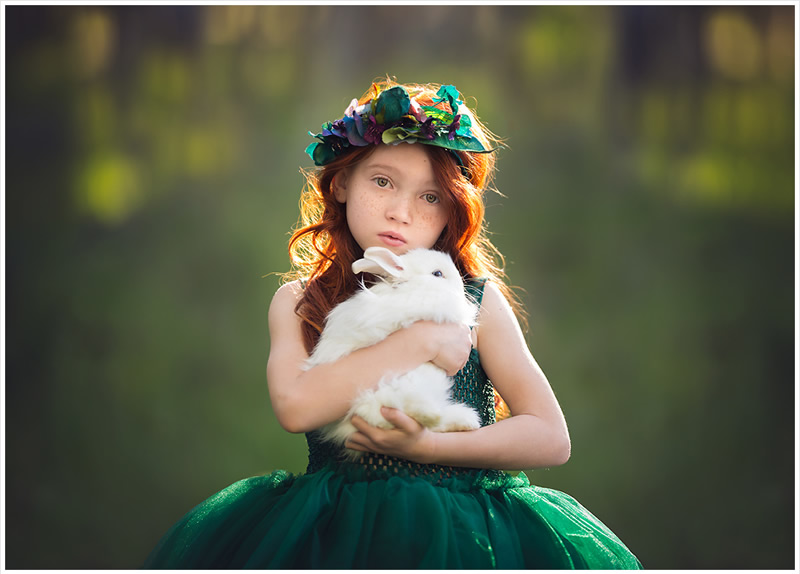
#5 Be Patient
Children are usually active and not always willing to listen to instruction, so they are the boss during the photoshoot. Talk to them; build the connection with them during that short period, so they are comfortable with your presence. Watch them and be prepared with your camera for the good moments. Photos will usually come out more natural and will show the children as children in their own world.
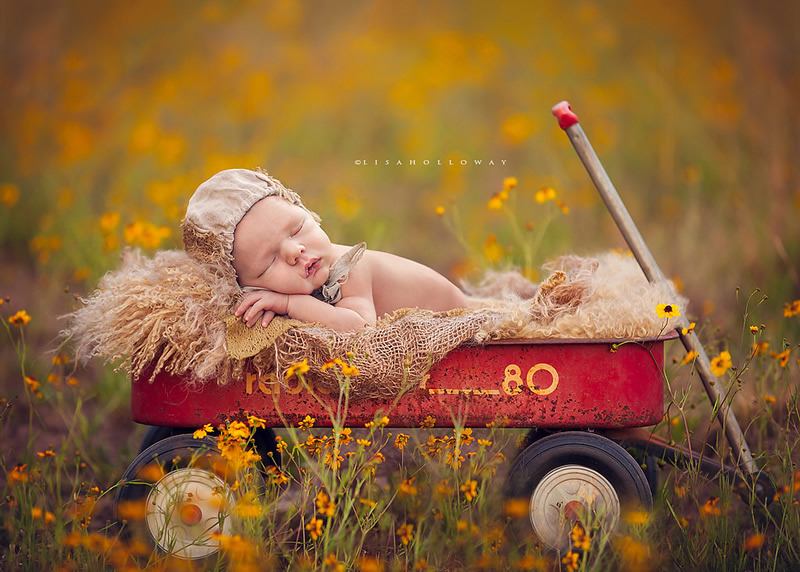
#6 Choose Equipment
Try a shorter lens. Long lenses always work well for portraits, but cute kids offer a photographic opportunity that grown-ups don’t—you can get close with shorter lenses without making the subject look grotesque. Not only do big eyes look even bigger when a 50mm lens is focused fairly close to a child’s face, their innocence really does come through in the details. After all, what little angel doesn’t have beautiful skin, big bright eyes and the cutest little blemish- and wrinkle-free features you can imagine? Try that with a grown-up portrait and both you and your subject are bound to be horrified.
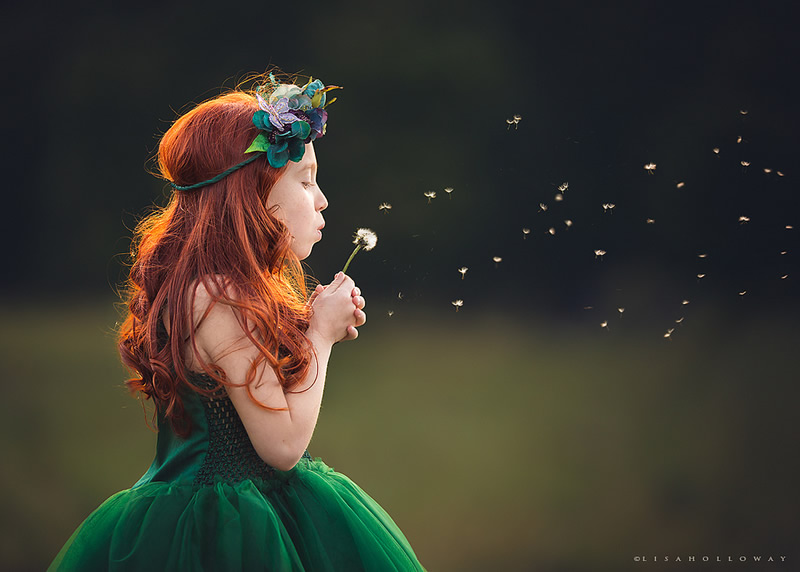
#7 Focus On The Child
Make your child the center of attention. After all, the photograph isn’t about the background most of the time. This is where that portrait setting (usually a silhouette of a head) on your digital camera comes in handy. The camera tries it’s best to blur the background so the subject of your image stands out more (known as a shallow depth of field). You can do this manually by setting your shutter to f/2.8 if you’ve got the lens or f/5.6 for most other digital cameras. Anything in between is fine also.
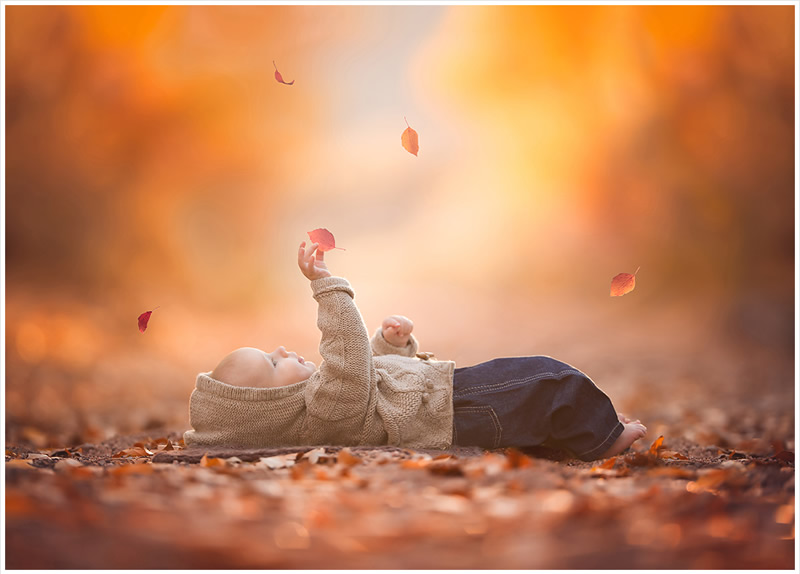
#8 Bring A Helper
A friend who understands what you’re trying to accomplish goes a long way. Not only can they hold reflectors and help with the lighting—which is crucial when working with natural light and open shade—the helper can wrangle the kids, too. Your assistant is able to step in quickly to reposition a child, or tickle them to elicit a smile, or any number of things that help you get the shot. That second pair of hands and eyes will be extremely handy. But be careful; don’t bring too many helpers. A lot of people can be overstimulating for a child, distracting them from the shoot.
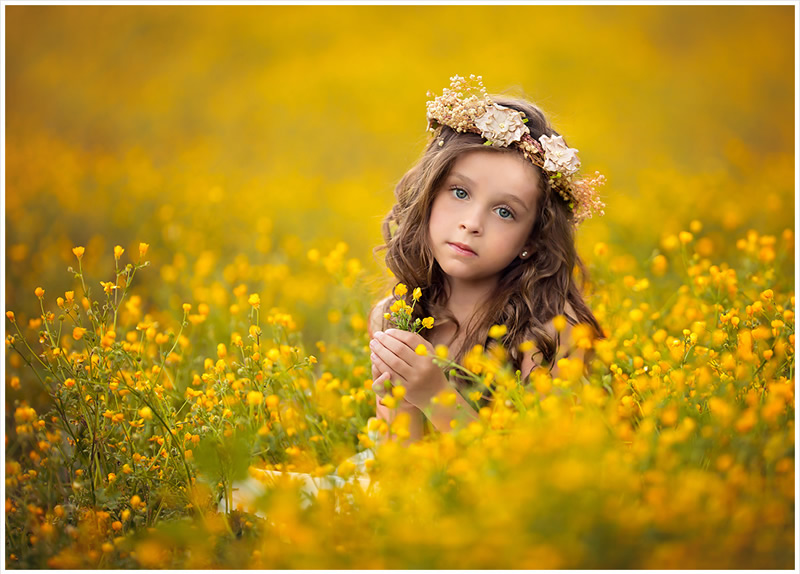
#9 Video Tutorials
- Child Photography : How to Photograph Kids
- Digital photography tips – How to take good pictures of your kids
- Classic Kids Photography
- Children’s Portrait Photography with Tamara Lackey: Introduction – Part 1
- Children’s Portrait Photography with Tamara Lackey: Introduction – Part 2
- Children’s Photographer Keri Johnson Photography Studio Favorite Things
- Professional Portrait Photography of Children
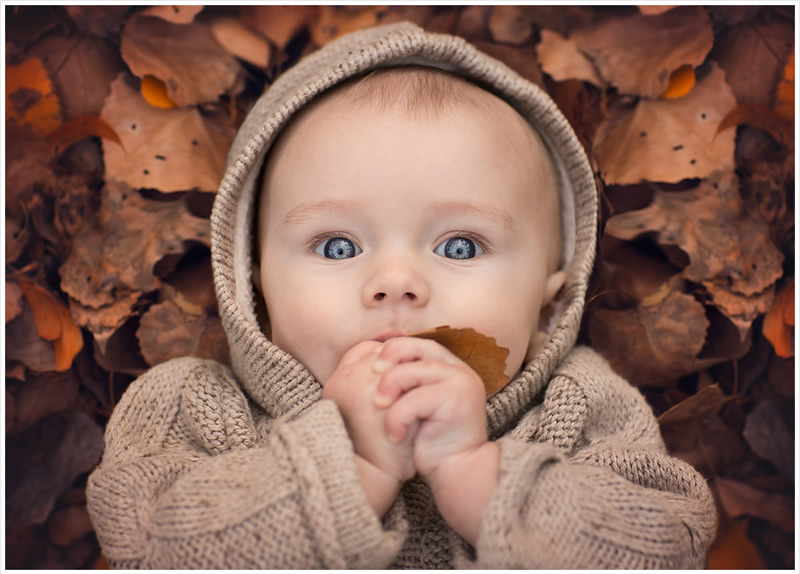
#10 Conclusion
Kids are precious and adorable. Capture them with love and affection. Do you have more tips for shooting kids? Post them as comments.










